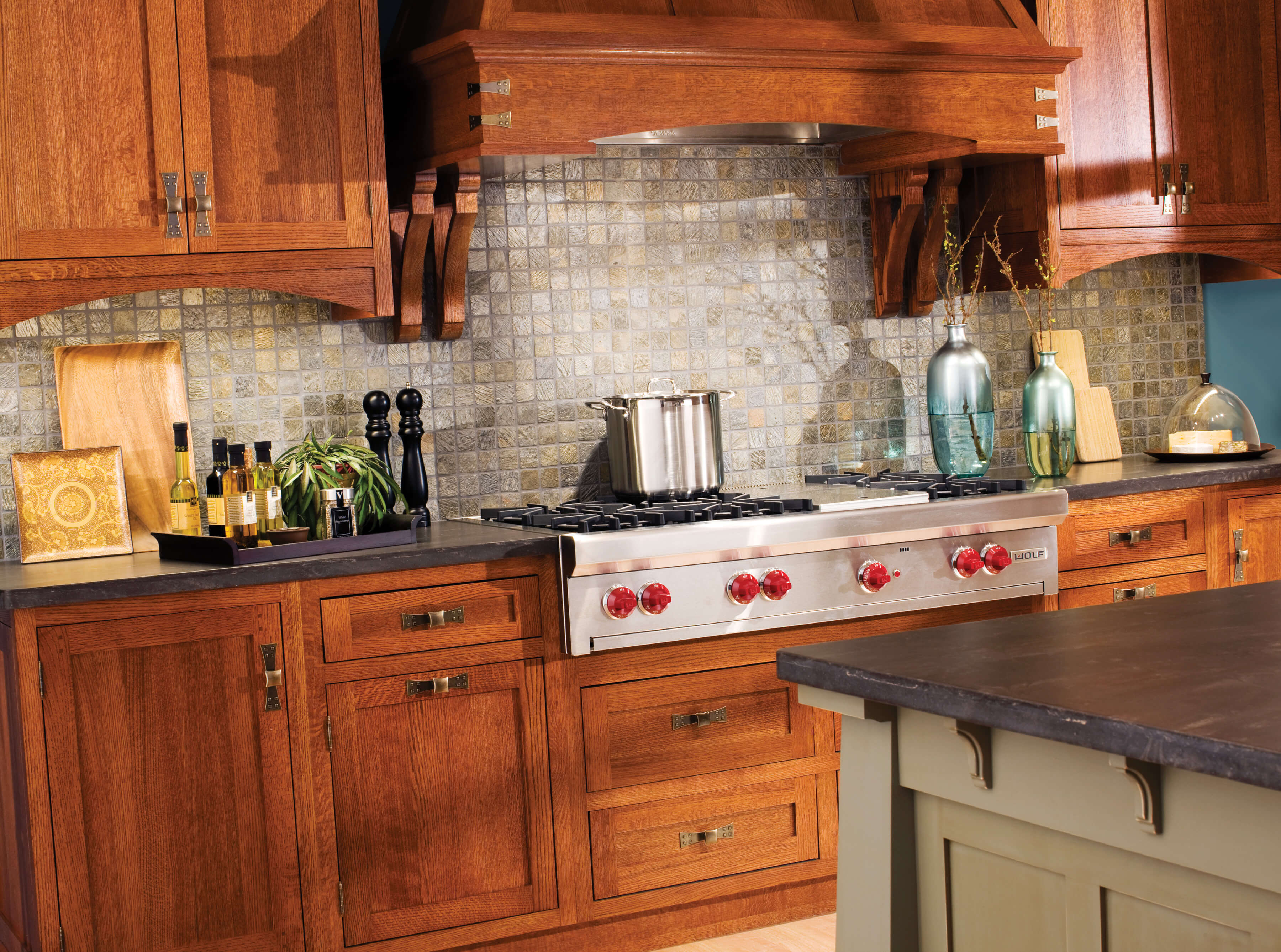Today, I would like to dive a little deeper into our Crestwood framed cabinetry line and take a closer look at Inset cabinetry.

The History of Inset Cabinetry Construction
Inset style cabinetry can be traced back to early construction methods used by artisans that hand-built cabinetry. The door and drawer front would be sized to fit inside (integrated into) the face frame of the cabinet, creating a flush looking appearance to the front of the cabinet. When you look at antique pieces of furniture, you may notice that many of these furniture pieces were built with the inset method of construction.

Fast forward to today’s cabinet trends, you’ll discover that the inset method of construction is still a strong preference among many homeowners seeking to build or remodel their kitchens.
-scaled.jpg)
This beautiful kitchen features Dura Supreme Cabinetry in the Inset door style. The Kitchen was designed by Revival House, Twin Cities, Minnesota.
Dura Supreme Cabinetry’s inset door is installed flush (integrated) within the face frame opening, leaving the entire 1 ½” face frame exposed. The inside edge of a standard face frame is typically squared or has a slight eased edge, with Dura Supreme you have two face frame options to selects: Flush or Beaded. The Flush (non-beaded) face frame is a square face frame profile that creates a lovely clean, modern look to the inset style. The Beaded option adds a bead detail around the face frame profile that creates an additional design element to the cabinetry and leans towards a more traditional inset style.


Example of Flush Inset cabinetry with Dura Supreme’s beautiful concealed hinges.
If you are seeking inset style cabinetry for your next design project, contact your local certified kitchen and bath professional or authorized Dura Supreme dealer, who can assist you with your next design project.

